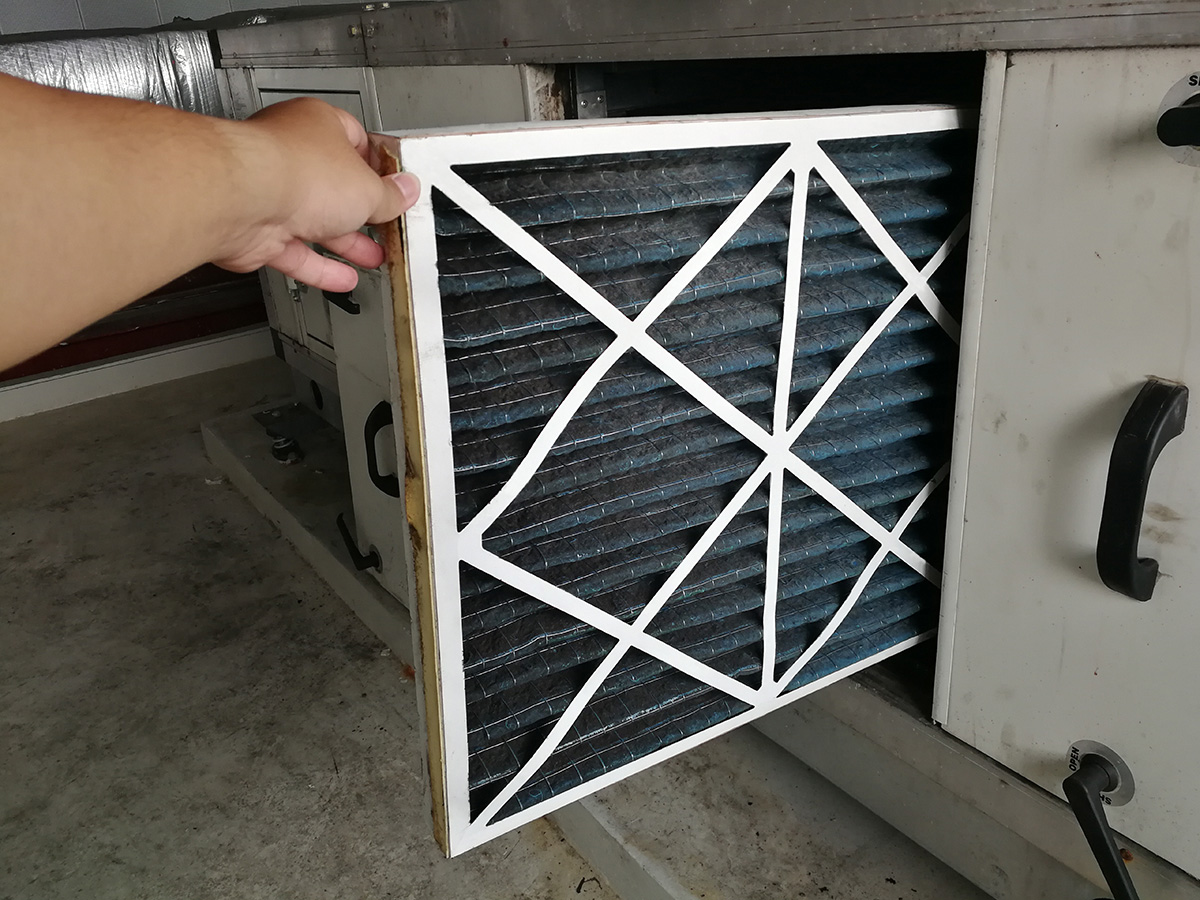
Maintaining good indoor air quality in Boise homes during the winter months is essential for the health and comfort of residents. With homes tightly sealed against the cold, the circulation of fresh air is minimized, leading to the accumulation of pollutants such as dust, pet dander, and volatile organic compounds (VOCs). This article explores practical tips for improving indoor air quality, including air purifiers, the importance of regular HVAC maintenance, the benefits of natural ventilation, and the role of indoor plants in air purification.
Use of Air Purifiers
Air purifiers are a key tool in enhancing indoor air quality in Boise homes. These devices work by filtering out pollutants from the air, including allergens, smoke, and microscopic particles that can harm health. For winter months, when opening windows for extended periods is not feasible, air purifiers provide a continuous means of cleaning the indoor air. Choosing an air purifier with a High-Efficiency Particulate Air (HEPA) filter is recommended, as HEPA filters can capture 99.97% of particles as small as 0.3 microns, effectively reducing the concentration of harmful pollutants indoors.
Regular HVAC Maintenance
The HVAC system plays a pivotal role in maintaining indoor air quality by circulating and filtering the air within the home. Regular HVAC system maintenance, including professional inspections and cleaning, ensures it operates efficiently and effectively removes pollutants from the air. Replacing the HVAC filter regularly is particularly important; a clean filter improves air quality and enhances the system’s efficiency and longevity. The U.S. Department of Energy highlights the importance of regular filter changes, noting that it can significantly reduce energy consumption and improve air quality (“Energy Saver: Tips on Saving Money and Energy at Home,” U.S. Department of Energy).
Benefits of Natural Ventilation
While the cold Boise winter might limit opportunities for natural ventilation, seizing moments to introduce fresh air into the home is beneficial. On milder days, briefly opening windows can help flush out stale air and reduce indoor pollutant levels. Even short periods of natural ventilation can significantly improve indoor air quality by allowing fresh air to circulate and dilute indoor pollutants. This practice and other air quality improvement measures can contribute to a healthier indoor environment.
Role of Indoor Plants in Air Purification
Indoor plants can also contribute to improving indoor air quality. Certain plants are known for their air-purifying abilities, capable of absorbing pollutants such as benzene, formaldehyde, and trichloroethylene. Plants like the spider, snake, and peace lily enhance indoor air quality and add to the home’s aesthetic appeal. While plants alone cannot replace air purifiers or HVAC systems in terms of air purification efficiency, they can be a complementary solution that supports a healthier indoor environment.
Implementing these tips—using air purifiers, maintaining the HVAC system, leveraging natural ventilation when possible, and incorporating indoor plants—can significantly improve indoor air quality in Boise homes during the winter. These measures are particularly important during the colder months when indoor air can become more polluted due to reduced ventilation. Boise residents can enjoy a healthier, more comfortable home environment in winter by prioritizing indoor air quality.
References:
- “Energy Saver: Tips on Saving Money and Energy at Home,” U.S. Department of Energy. [*]